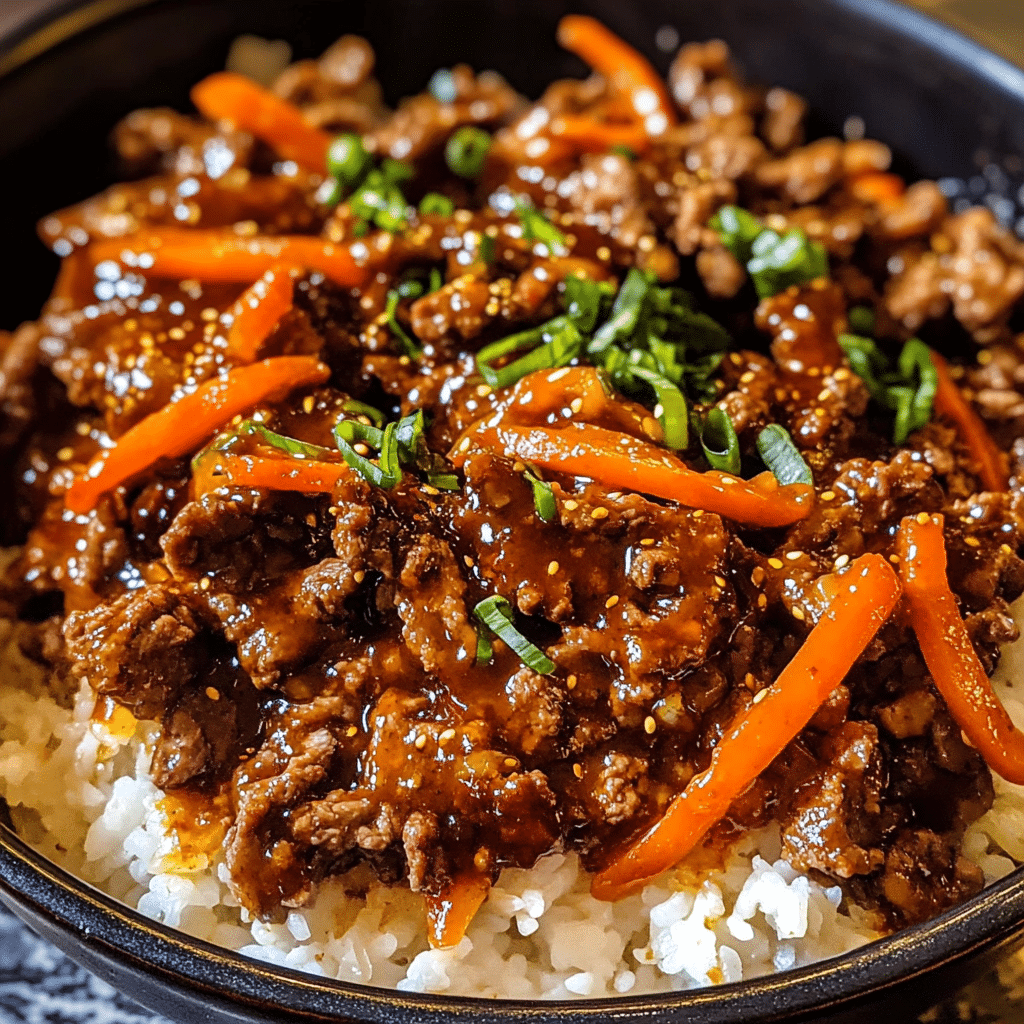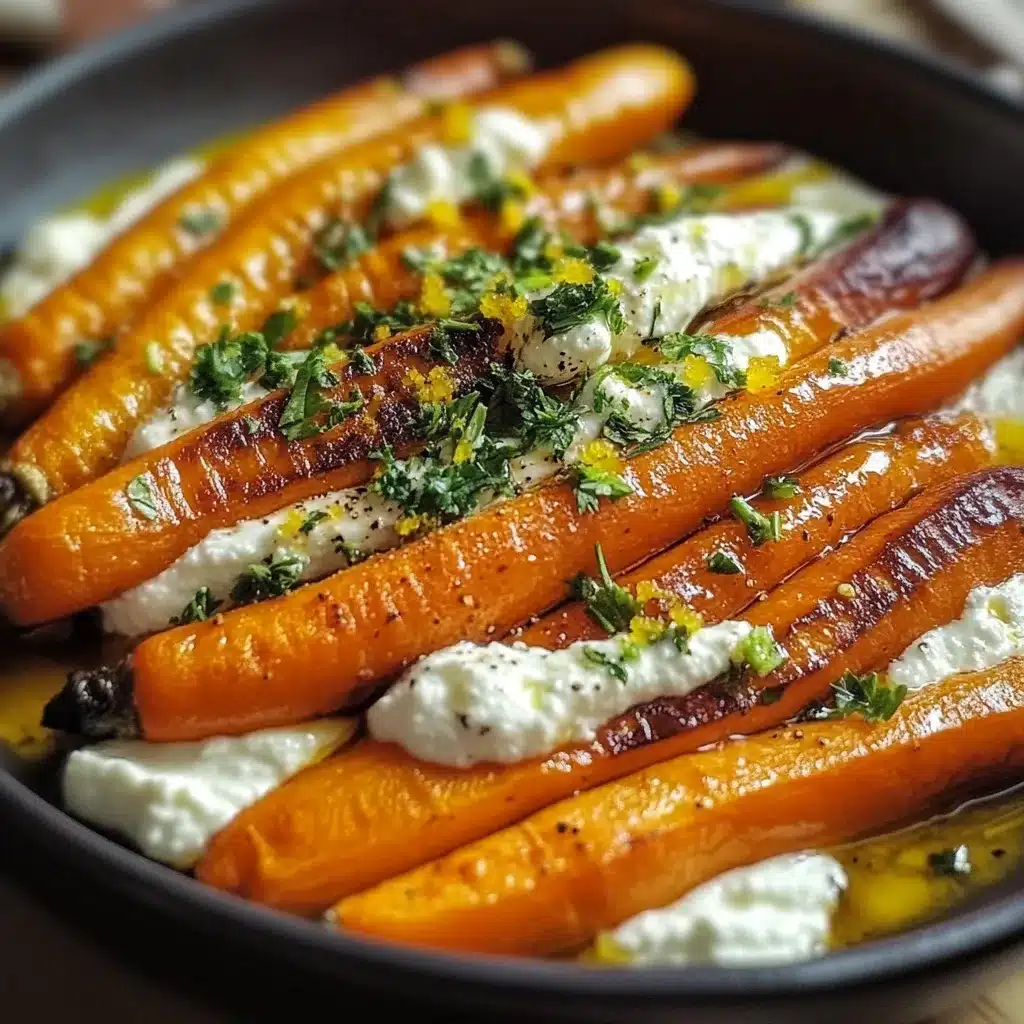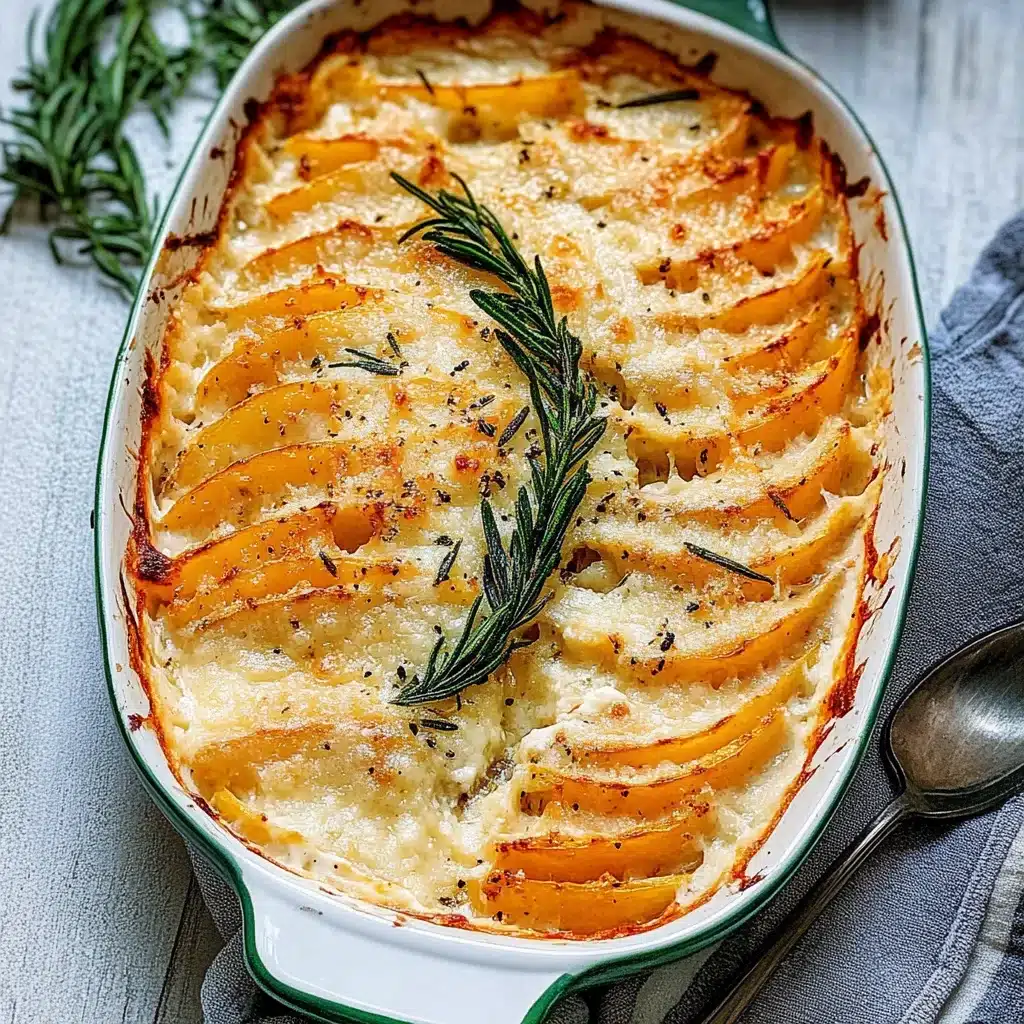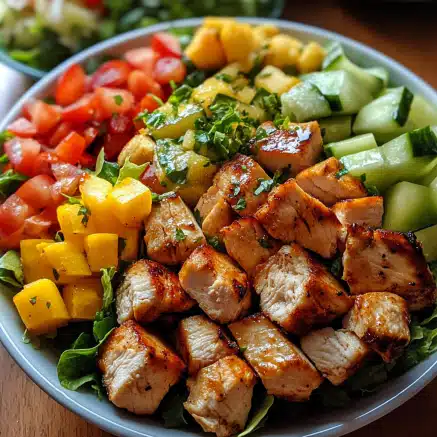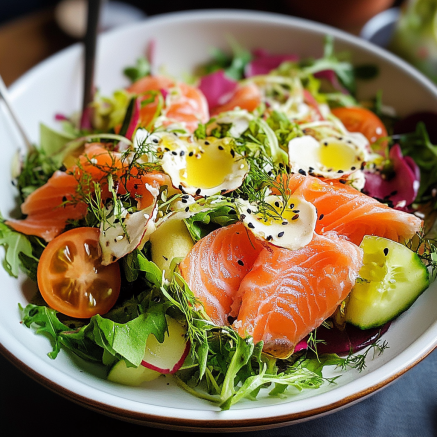Introduction
Korean Gochujang Beef Bowls are a savory and spicy dish that brings the bold flavors of Korean cuisine to your table. The combination of tender beef, sweet and spicy gochujang sauce, and fresh vegetables creates a deliciously balanced meal that’s perfect for any occasion. Whether you’re craving a comforting dinner or looking to impress your family or friends with something new, these bowls will not disappoint. The gochujang sauce, with its unique blend of fermented chili paste, brings a rich, smoky flavor that perfectly complements the beef, making this dish an unforgettable experience.
Perfect for:
- Weeknight dinners
- Meal prep lunches
- Korean food enthusiasts
- Family gatherings
- Spicy food lovers
Why You’ll Love This Recipe
Here’s why Korean Gochujang Beef Bowls will become your go-to meal:
- Bold, Savory Flavor: The gochujang sauce offers the perfect balance of sweetness and heat that pairs beautifully with tender beef.
- Easy to Make: With a few simple ingredients and quick steps, you can prepare a satisfying meal in less than 30 minutes.
- Customizable: You can adjust the spice level of the gochujang sauce, and even add more vegetables or toppings like sesame seeds or kimchi for extra flavor.
- Perfect for Sharing: This dish is ideal for family dinners or meal prep, as you can make a big batch and serve it up in individual bowls for everyone to enjoy.
- Healthy and Hearty: Packed with protein, fiber, and essential nutrients, this meal is both filling and nutritious.
Preparation and Cooking Time
- Total Time: 30 minutes
- Preparation Time: 10 minutes
- Cooking Time: 20 minutes
- Servings: 4 servings
- Calories per serving: Approximately 450-500 calories
- Key Nutrients: Protein: 35g, Carbs: 40g, Fat: 15g
Ingredients
Here’s what you’ll need to make these flavorful Korean Gochujang Beef Bowls:
- 1 lb (450g) beef (sirloin, flank steak, or ground beef), thinly sliced or ground
- 2 tablespoons gochujang (Korean chili paste)
- 2 tablespoons soy sauce (use low-sodium if preferred)
- 1 tablespoon sesame oil
- 1 tablespoon rice vinegar
- 2 teaspoons honey or brown sugar
- 2 garlic cloves, minced
- 1 teaspoon grated ginger
- 1 tablespoon vegetable oil (for cooking)
- 2 cups cooked white rice (or brown rice for a healthier option)
- 1 carrot, julienned
- 1 cucumber, sliced
- ½ cup sliced green onions
- 1 tablespoon sesame seeds (optional, for garnish)
- 1 boiled egg (optional, for garnish)
- Kimchi (optional, for garnish)
Ingredient Highlights
- Gochujang: The key ingredient in this dish, gochujang is a fermented Korean chili paste that provides a unique balance of heat, umami, and sweetness.
- Beef: Whether using thinly sliced beef or ground beef, it cooks quickly and soaks up the flavorful sauce, making it the perfect protein for this dish.
- Sesame Oil: Sesame oil adds a nutty, fragrant flavor to the sauce and helps to balance the heat from the gochujang.
- Rice Vinegar: The slight acidity from rice vinegar adds brightness to the dish and helps to cut through the richness of the beef and sauce.
- Vegetables: Fresh vegetables like carrots and cucumber provide a crunchy, refreshing contrast to the tender beef and rice.
Step-by-Step Instructions
Follow these simple steps to make the perfect Korean Gochujang Beef Bowls:
Prepare the Beef Sauce:
- Make the Gochujang Sauce: In a small bowl, combine the gochujang, soy sauce, sesame oil, rice vinegar, honey (or brown sugar), minced garlic, and grated ginger. Stir until the sauce is well-mixed and smooth.
- Taste and Adjust: Taste the sauce and adjust the sweetness or spice level to your preference. You can add more honey or gochujang depending on how sweet or spicy you like it.
Cook the Beef:
- Heat the Pan: Heat a large skillet or wok over medium-high heat. Add vegetable oil and let it heat up.
- Cook the Beef: Add the beef to the pan and cook for 4-5 minutes, stirring occasionally until it’s browned and cooked through. If you’re using thinly sliced beef, make sure to cook it quickly to keep it tender. For ground beef, break it up into small pieces as it cooks.
- Add the Sauce: Once the beef is cooked, pour the gochujang sauce over the meat. Stir well to coat the beef evenly with the sauce. Let it simmer for 2-3 minutes until the sauce thickens slightly.
Prepare the Rice and Vegetables:
- Cook the Rice: While the beef is cooking, prepare the rice according to package instructions. You can use white rice, brown rice, or any other grain of your choice. Once the rice is cooked, fluff it with a fork.
- Prepare the Vegetables: While the beef is simmering, julienne the carrot, slice the cucumber, and chop the green onions. You can also boil an egg for garnish, if desired.
Assemble the Bowls:
- Assemble the Bowls: Divide the cooked rice evenly into four bowls. Top each bowl with a generous portion of the gochujang beef.
- Add the Toppings: Garnish with julienned carrots, sliced cucumber, chopped green onions, and sesame seeds. If you like, add a boiled egg and kimchi on the side for extra flavor.
Serve:
- Enjoy: Serve the bowls immediately while they’re hot and fresh. You can mix everything together before eating or enjoy each element separately.
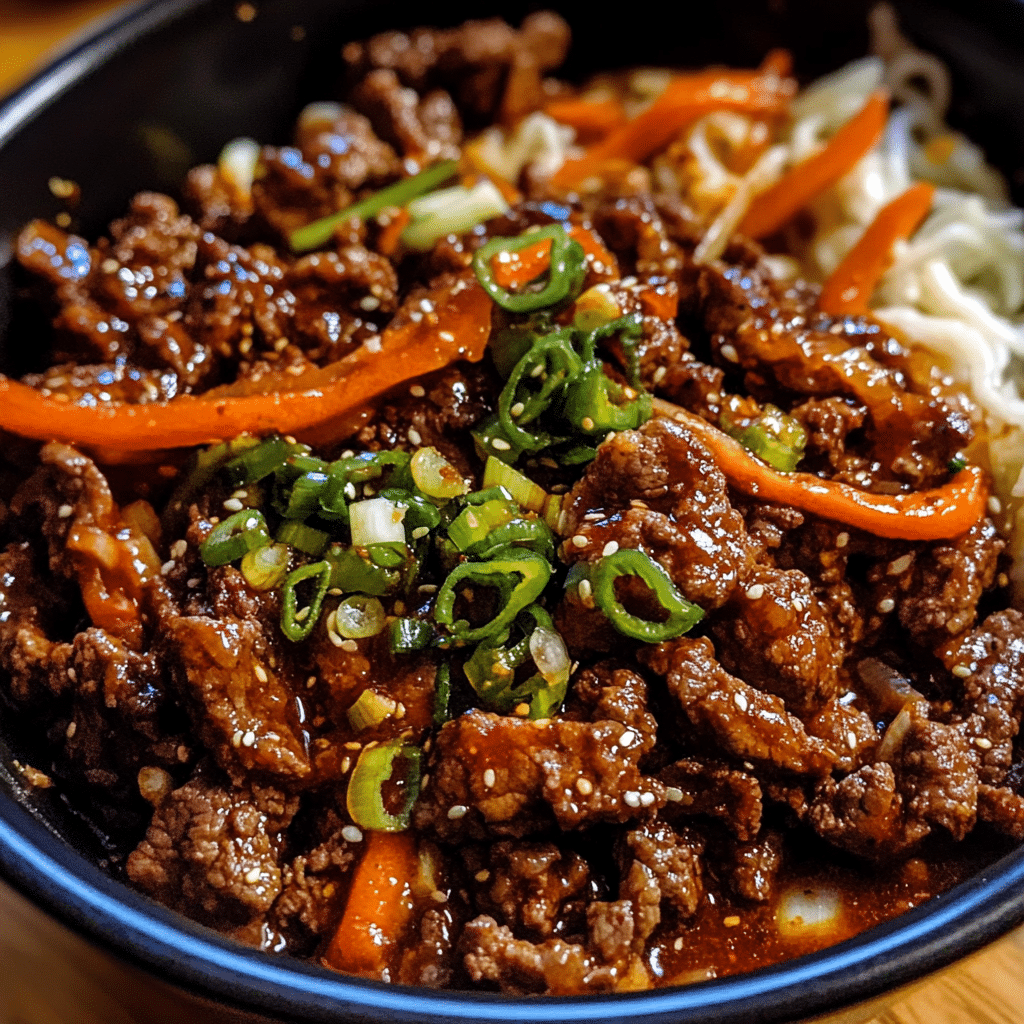
How to Serve Korean Gochujang Beef Bowls
Korean Gochujang Beef Bowls can be served in various ways:
- With Kimchi: Traditional Korean meals often feature kimchi as a side dish, and it’s the perfect complement to the spicy beef. Its tangy flavor adds a nice contrast to the richness of the beef and rice.
- With a Boiled Egg: Adding a boiled egg on top of the beef bowl is a classic touch that brings richness and creaminess to every bite.
- As Part of a Larger Meal: Serve these bowls as part of a Korean-inspired feast with other dishes like japchae (Korean glass noodles) or banchan (side dishes like pickled vegetables).
- For Meal Prep: This recipe is great for meal prep. Make extra and store the beef and rice separately in airtight containers for up to 3 days in the fridge.
Additional Tips for Korean Gochujang Beef Bowls
Here are some tips to make your Korean Gochujang Beef Bowls even better:
- Adjust the Spice: If you prefer a milder version, use less gochujang or substitute with a milder chili paste. You can also add a little extra honey to balance out the heat.
- Use a Wok: For the most authentic cooking experience, use a wok to cook the beef. It helps to stir-fry the meat quickly and evenly.
- Marinate the Beef: For extra flavor, you can marinate the beef in some of the gochujang sauce for 30 minutes before cooking. This will infuse the meat with even more flavor.
- Add More Veggies: You can add more vegetables like bell peppers, spinach, or zucchini to the bowls to increase the nutritional value and add more texture.
Recipe Variations of Korean Gochujang Beef Bowls
Here are 10 variations of Korean Gochujang Beef Bowls that you can try:
- Chicken Gochujang Bowls: Substitute beef with chicken breast or thighs for a leaner version of this dish.
- Vegetarian Gochujang Bowls: Replace the beef with tofu or tempeh for a vegetarian-friendly version that still packs a punch of flavor.
- Spicy Pork Bowls: Use ground or sliced pork as the protein for a different take on the classic Korean flavor.
- Korean BBQ Beef Bowls: Marinate the beef in a Korean BBQ marinade before cooking it for a more robust flavor.
- Bibimbap Gochujang Bowls: Add a fried egg, sautéed spinach, and other bibimbap toppings for a more traditional Korean meal.
- Beef Bulgogi Bowls: Swap the gochujang sauce for a bulgogi marinade for a sweet and savory twist.
- Gochujang Shrimp Bowls: Replace the beef with shrimp for a seafood version of these bowls.
- Korean Beef Lettuce Wraps: Serve the gochujang beef in lettuce cups instead of rice for a low-carb alternative.
- Spicy Beef and Eggplant Bowls: Add sautéed eggplant to the bowls for a flavorful addition that soaks up the spicy sauce.
- Korean Beef Noodle Bowls: Serve the gochujang beef on top of noodles like soba or udon for a delicious noodle bowl.
Freezing and Storage for Korean Gochujang Beef Bowls
- Freezing: You can freeze the cooked beef for up to 3 months. To freeze, let the beef cool completely, then transfer it to an airtight container or freezer bag. Thaw in the fridge overnight before reheating.
- Storage: Store the beef and rice separately in airtight containers in the fridge for up to 3 days. Reheat in the microwave or on the stove before serving.
Special Equipment for Korean Gochujang Beef Bowls
Here are some special equipment items you might need to make Korean Gochujang Beef Bowls:
- Wok: A wok is ideal for stir-frying the beef quickly and evenly.
- Rice Cooker: A rice cooker makes it easy to prepare perfect rice every time.
- Sharp Knife: For slicing the beef and vegetables thinly, a sharp knife will help you cut through them easily.
- Small Mixing Bowl: Use a small bowl to combine the gochujang sauce ingredients before adding them to the beef.
- Measuring Spoons: Accurate measurements of ingredients will ensure the right balance of flavors in the sauce.
FAQ Section about Korean Gochujang Beef Bowls
- Can I use a different protein instead of beef?
Yes, you can substitute chicken, pork, shrimp, or tofu for the beef. - Is gochujang very spicy?
Gochujang has a moderate level of heat. If you prefer less spice, start with less gochujang and adjust according to your taste. - Can I make this dish gluten-free?
Yes, just use gluten-free soy sauce or tamari to make the dish gluten-free. - Can I use a different type of rice?
Absolutely! You can use brown rice, jasmine rice, or any rice variety you prefer. - How do I store leftovers?
Store the beef and rice separately in airtight containers in the fridge for up to 3 days.
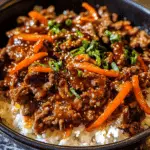
Korean Gochujang Beef Bowls
- Total Time: 30 minutes
Description
Korean Gochujang Beef Bowls are a vibrant and savory dish that combines tender, thinly sliced beef with the bold, spicy-sweet flavors of Gochujang, a Korean fermented chili paste. The beef is sautéed in a flavorful sauce made from Gochujang, soy sauce, sesame oil, garlic, and ginger, creating a rich, umami-packed coating. The beef is then served over a bed of fluffy steamed rice, often accompanied by a mix of fresh vegetables like cucumbers, carrots, and scallions. A sprinkle of sesame seeds and a drizzle of extra Gochujang sauce add the finishing touches to this crave-worthy meal. The combination of spice, sweetness, and savory depth makes these bowls a deliciously satisfying choice for a quick and exciting weeknight dinner.
Ingredients
Here’s what you’ll need to make these flavorful Korean Gochujang Beef Bowls:
- 1 lb (450g) beef (sirloin, flank steak, or ground beef), thinly sliced or ground
- 2 tablespoons gochujang (Korean chili paste)
- 2 tablespoons soy sauce (use low-sodium if preferred)
- 1 tablespoon sesame oil
- 1 tablespoon rice vinegar
- 2 teaspoons honey or brown sugar
- 2 garlic cloves, minced
- 1 teaspoon grated ginger
- 1 tablespoon vegetable oil (for cooking)
- 2 cups cooked white rice (or brown rice for a healthier option)
- 1 carrot, julienned
- 1 cucumber, sliced
- ½ cup sliced green onions
- 1 tablespoon sesame seeds (optional, for garnish)
- 1 boiled egg (optional, for garnish)
- Kimchi (optional, for garnish)
Ingredient Highlights
- Gochujang: The key ingredient in this dish, gochujang is a fermented Korean chili paste that provides a unique balance of heat, umami, and sweetness.
- Beef: Whether using thinly sliced beef or ground beef, it cooks quickly and soaks up the flavorful sauce, making it the perfect protein for this dish.
- Sesame Oil: Sesame oil adds a nutty, fragrant flavor to the sauce and helps to balance the heat from the gochujang.
- Rice Vinegar: The slight acidity from rice vinegar adds brightness to the dish and helps to cut through the richness of the beef and sauce.
- Vegetables: Fresh vegetables like carrots and cucumber provide a crunchy, refreshing contrast to the tender beef and rice.
Instructions
Step-by-Step Instructions
Follow these simple steps to make the perfect Korean Gochujang Beef Bowls:
Prepare the Beef Sauce:
- Make the Gochujang Sauce: In a small bowl, combine the gochujang, soy sauce, sesame oil, rice vinegar, honey (or brown sugar), minced garlic, and grated ginger. Stir until the sauce is well-mixed and smooth.
- Taste and Adjust: Taste the sauce and adjust the sweetness or spice level to your preference. You can add more honey or gochujang depending on how sweet or spicy you like it.
Cook the Beef:
- Heat the Pan: Heat a large skillet or wok over medium-high heat. Add vegetable oil and let it heat up.
- Cook the Beef: Add the beef to the pan and cook for 4-5 minutes, stirring occasionally until it’s browned and cooked through. If you’re using thinly sliced beef, make sure to cook it quickly to keep it tender. For ground beef, break it up into small pieces as it cooks.
- Add the Sauce: Once the beef is cooked, pour the gochujang sauce over the meat. Stir well to coat the beef evenly with the sauce. Let it simmer for 2-3 minutes until the sauce thickens slightly.
Prepare the Rice and Vegetables:
- Cook the Rice: While the beef is cooking, prepare the rice according to package instructions. You can use white rice, brown rice, or any other grain of your choice. Once the rice is cooked, fluff it with a fork.
- Prepare the Vegetables: While the beef is simmering, julienne the carrot, slice the cucumber, and chop the green onions. You can also boil an egg for garnish, if desired.
Assemble the Bowls:
- Assemble the Bowls: Divide the cooked rice evenly into four bowls. Top each bowl with a generous portion of the gochujang beef.
- Add the Toppings: Garnish with julienned carrots, sliced cucumber, chopped green onions, and sesame seeds. If you like, add a boiled egg and kimchi on the side for extra flavor.
Serve:
- Enjoy: Serve the bowls immediately while they’re hot and fresh. You can mix everything together before eating or enjoy each element separately.
- Prep Time: 10 minutes
- Cook Time: 20 minutes
Nutrition
- Serving Size: 4
- Calories: 450-500 kcal
- Fat: 15g
- Carbohydrates: 40g
- Protein: 35g
Conclusion of Korean Gochujang Beef Bowls
Korean Gochujang Beef Bowls are a flavorful and satisfying dish that combines the bold, spicy flavors of Korean cuisine with the comfort of a hearty meal. The tender beef, sweet and spicy gochujang sauce, and fresh vegetables create a deliciously balanced bowl that is perfect for any occasion. Whether you’re cooking for a weeknight dinner or preparing a meal for a special gathering, these bowls are sure to impress. Quick, easy, and customizable, they’ll quickly become one of your favorite dishes to make. Enjoy!

